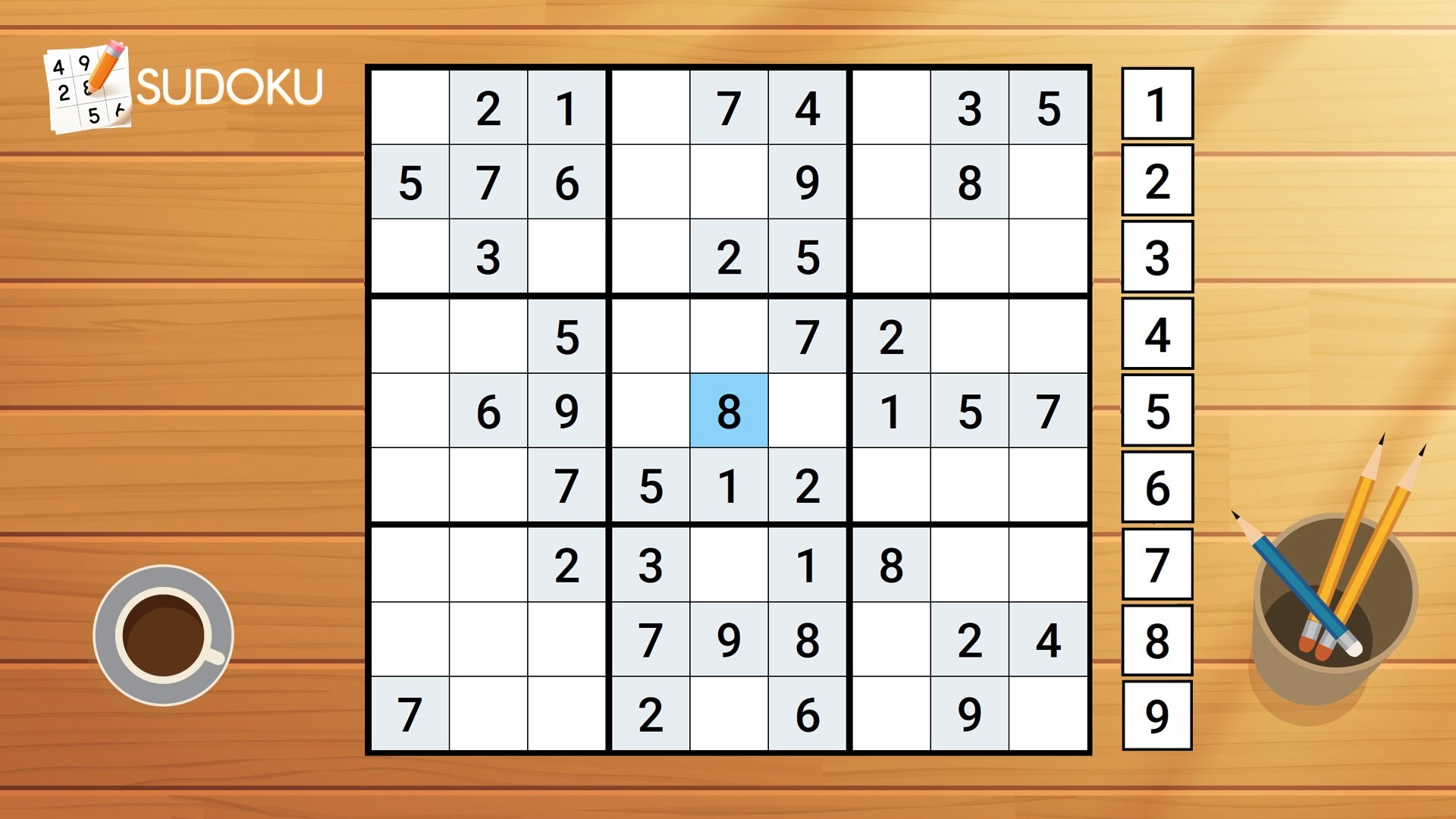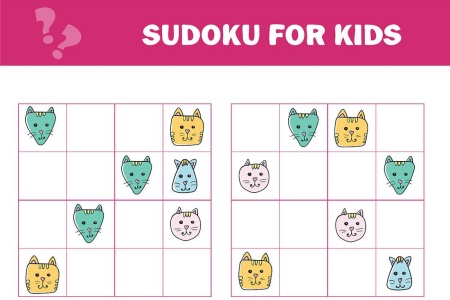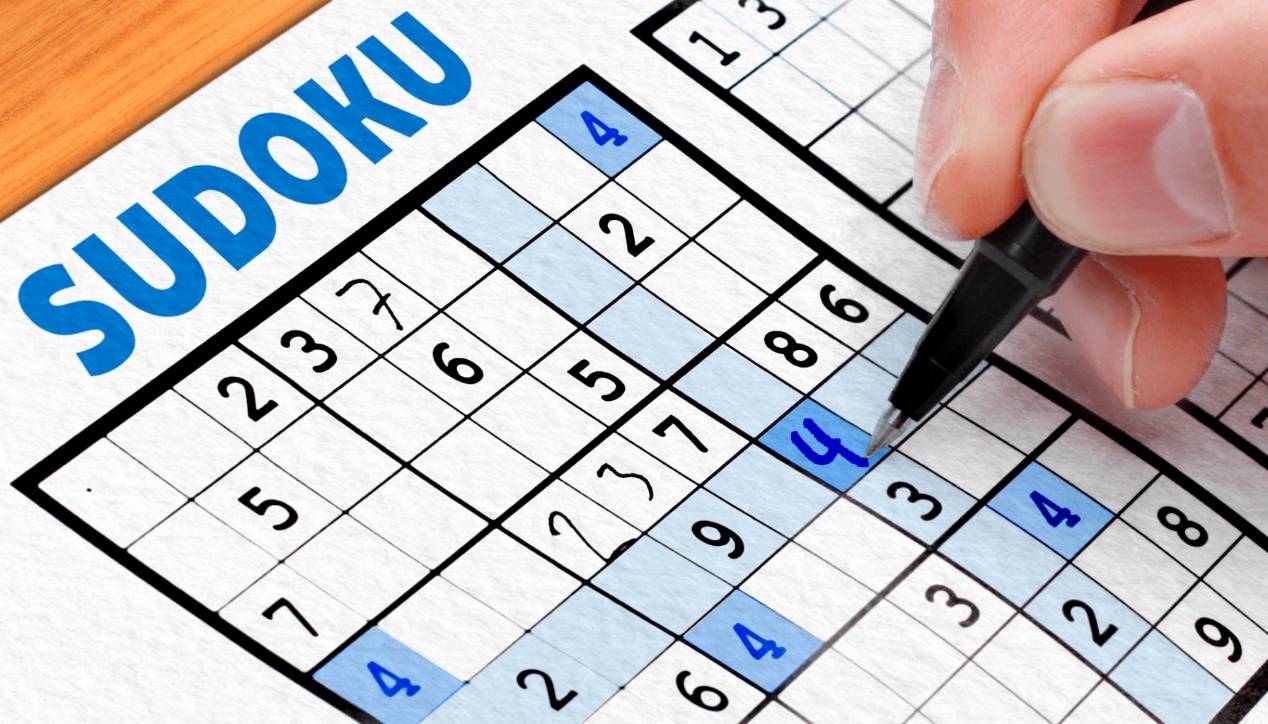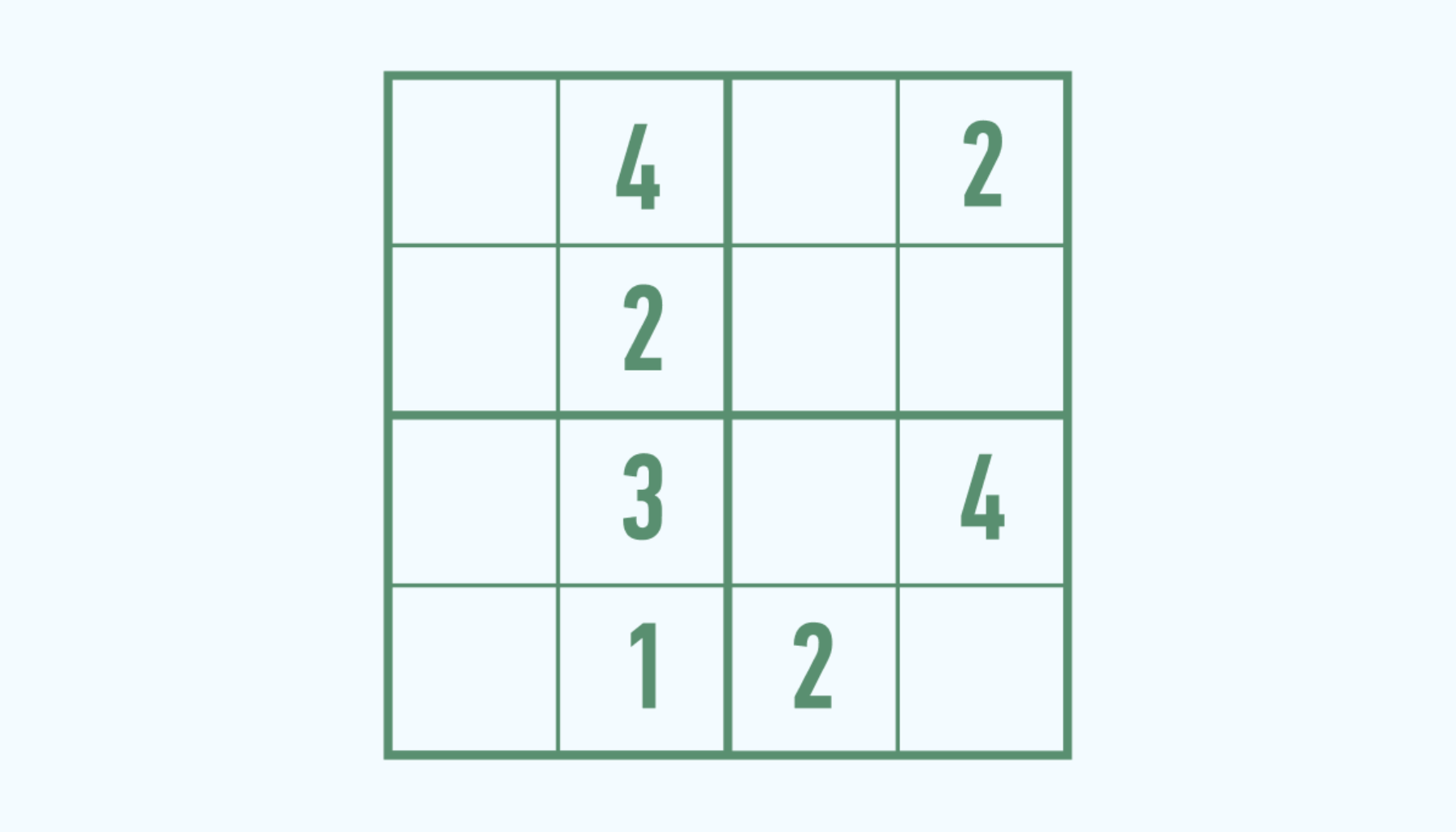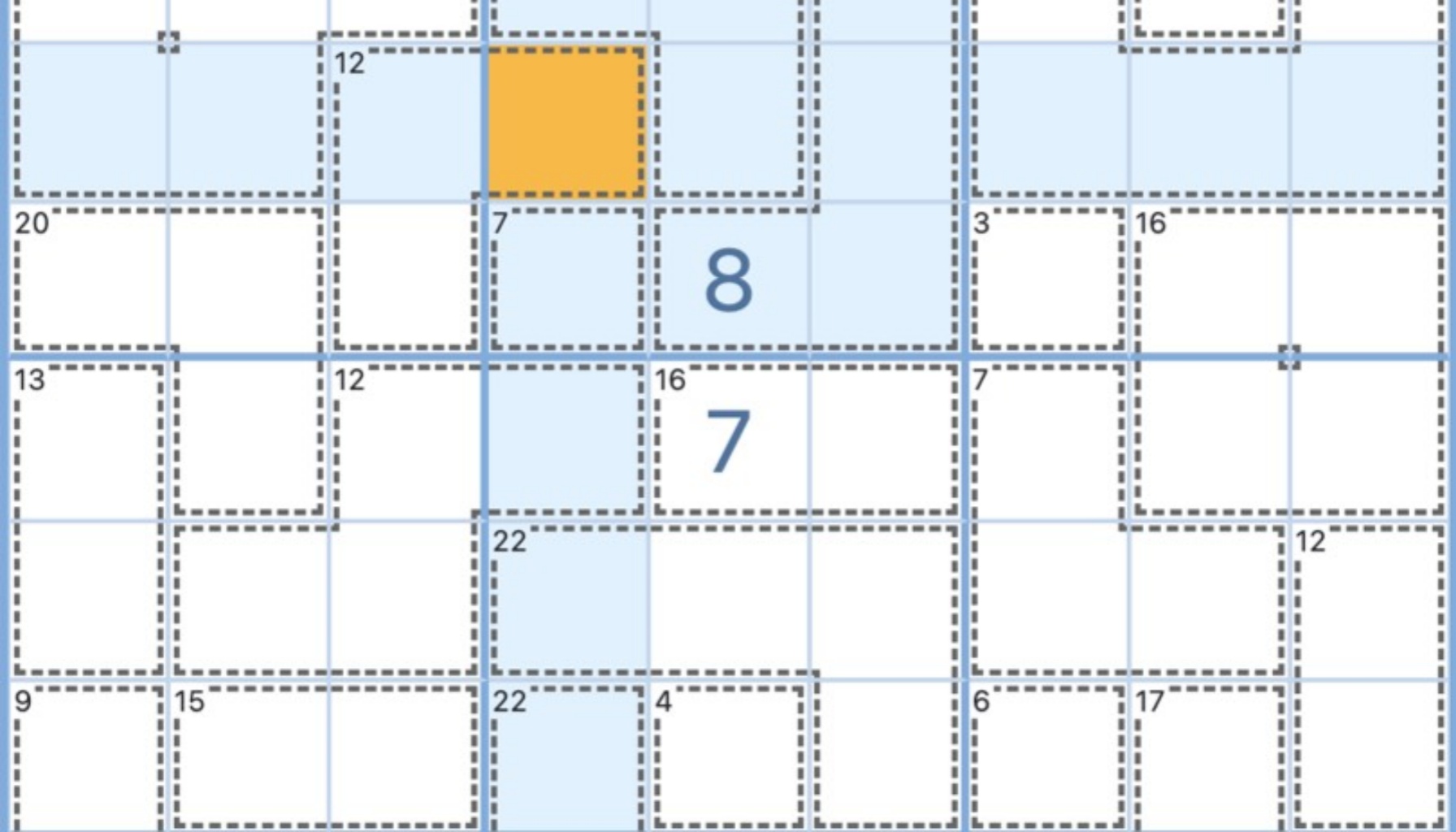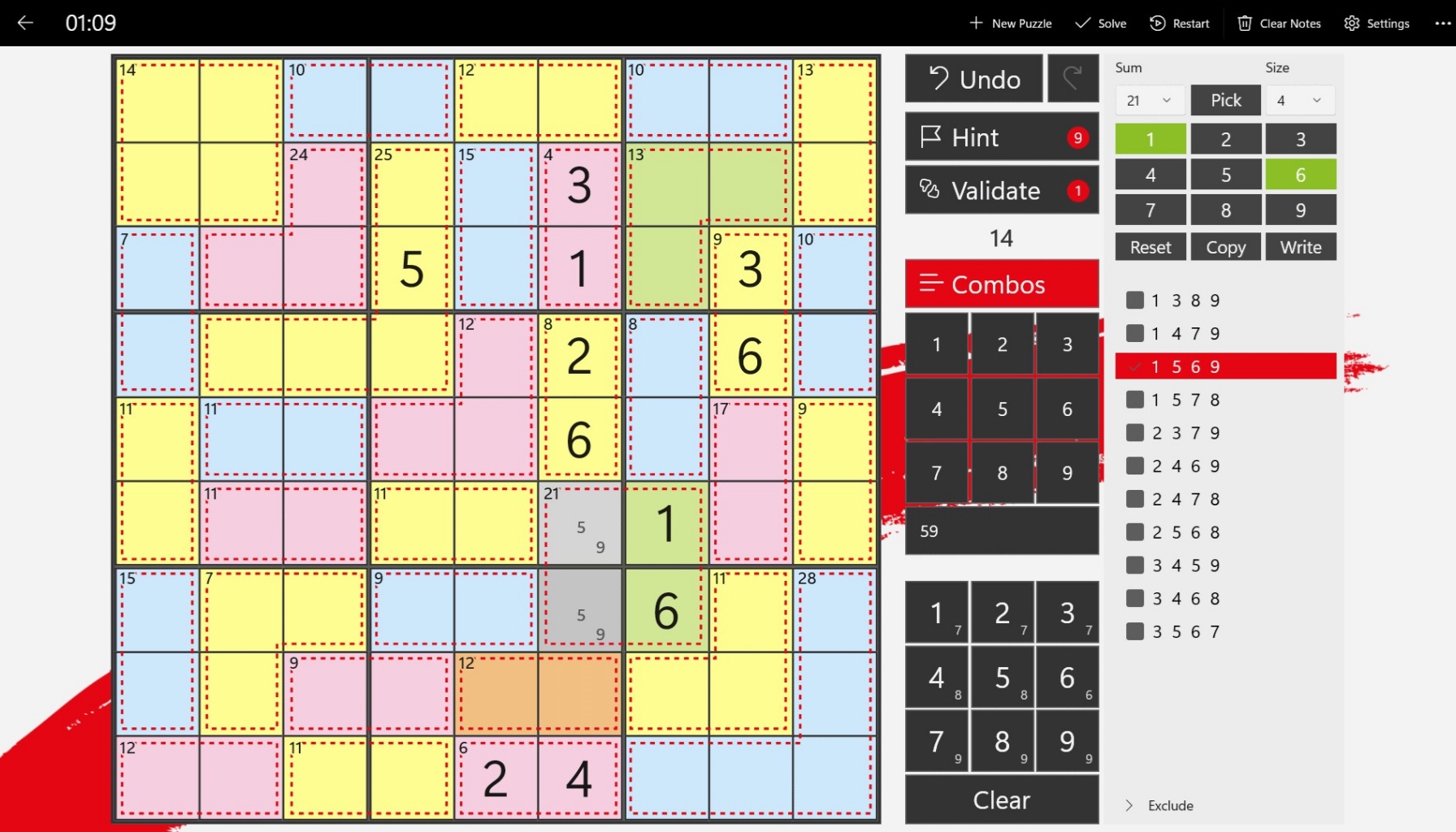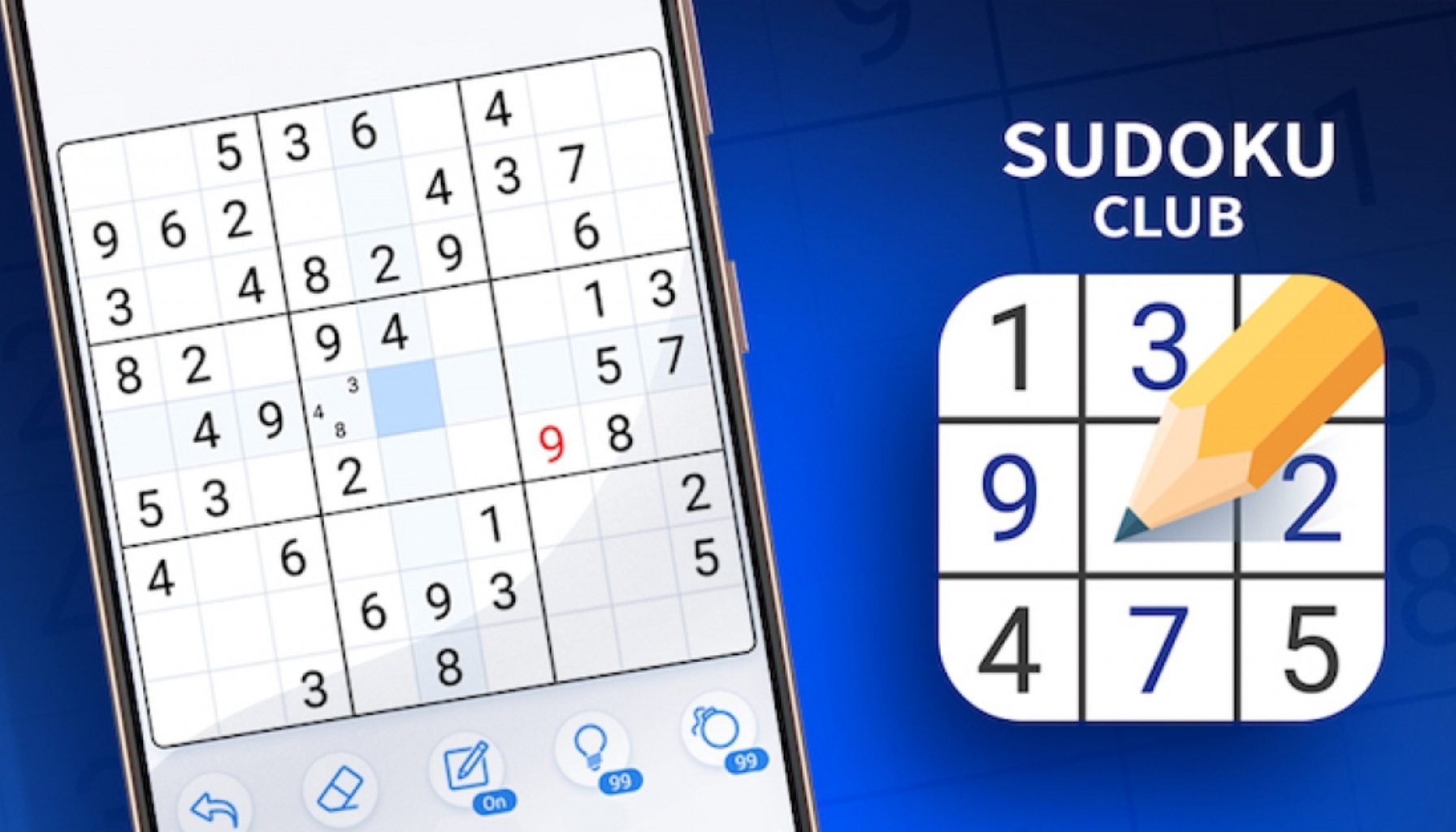Sudoku Game: A Classic Puzzle That Sharpens the Mind
A standard Sudoku puzzle consists of a 9x9 grid divided into nine 3x3 sub-grids. The objective is to fill the grid so that each row, column, and sub-grid contains all numbers from 1 to 9 without repetition. While the rules are simple, the game offers endless possibilities and varying difficulty levels, from beginner-friendly puzzles to mind-bending challenges.
Mental Stimulation: Sudoku exercises the brain, enhancing problem-solving skills, logical thinking, and memory.Accessibility: The game can be enjoyed by players of all ages, making it a universal pastime.
Versatility: Sudoku puzzles come in various sizes (e.g., 4x4 for beginners, 16x16 for experts) and formats, including printable versions, mobile apps, and online games.
Relaxation and Focus: Many players find Sudoku therapeutic, as it demands complete focus, helping them unwind and improve concentration.
Start Simple: Begin with easier puzzles to understand the mechanics before progressing to more challenging grids.
Focus on One Section: Instead of scanning the entire grid, concentrate on one row, column, or sub-grid at a time.
Use Pencil Marks: For physical puzzles, jot down possible numbers in each cell to keep track of potential solutions.
Look for Patterns: Identify recurring patterns and numbers to make informed placements.
Practice Makes Perfect: Regular practice helps develop a sharper eye and quicker decision-making.
Sudoku has seamlessly transitioned into the digital age. Mobile apps and online platforms now offer features like hints, undo options, and timed challenges. These innovations make Sudoku more engaging and accessible, allowing players to compete with others globally or enjoy a solitary challenge.
